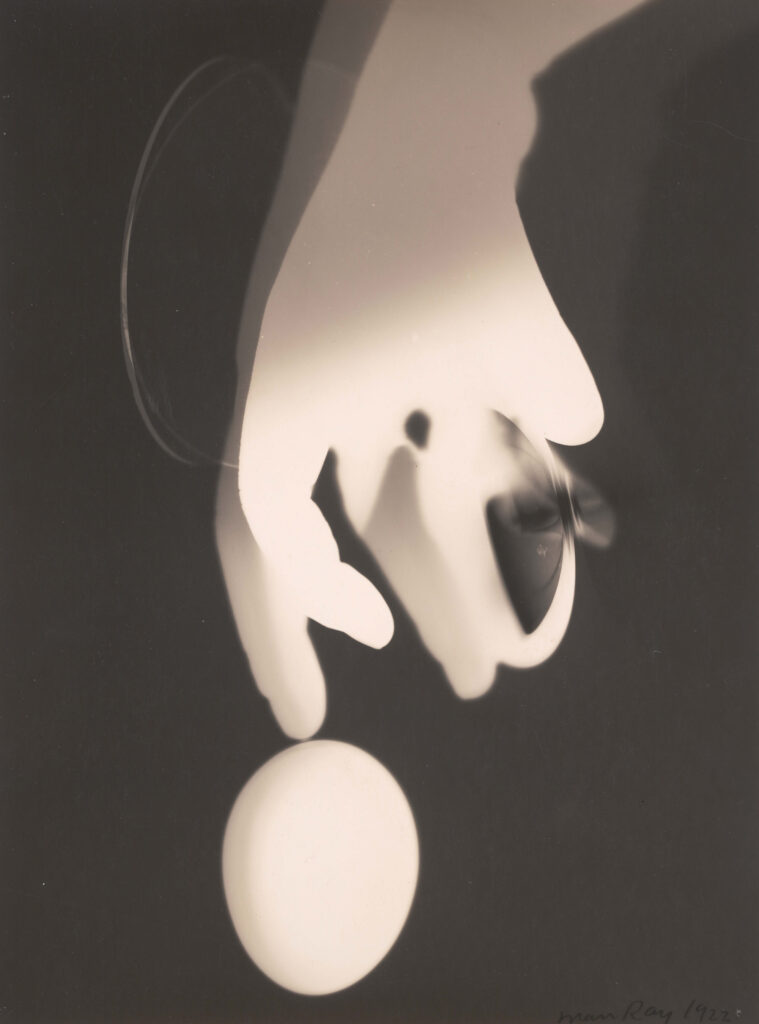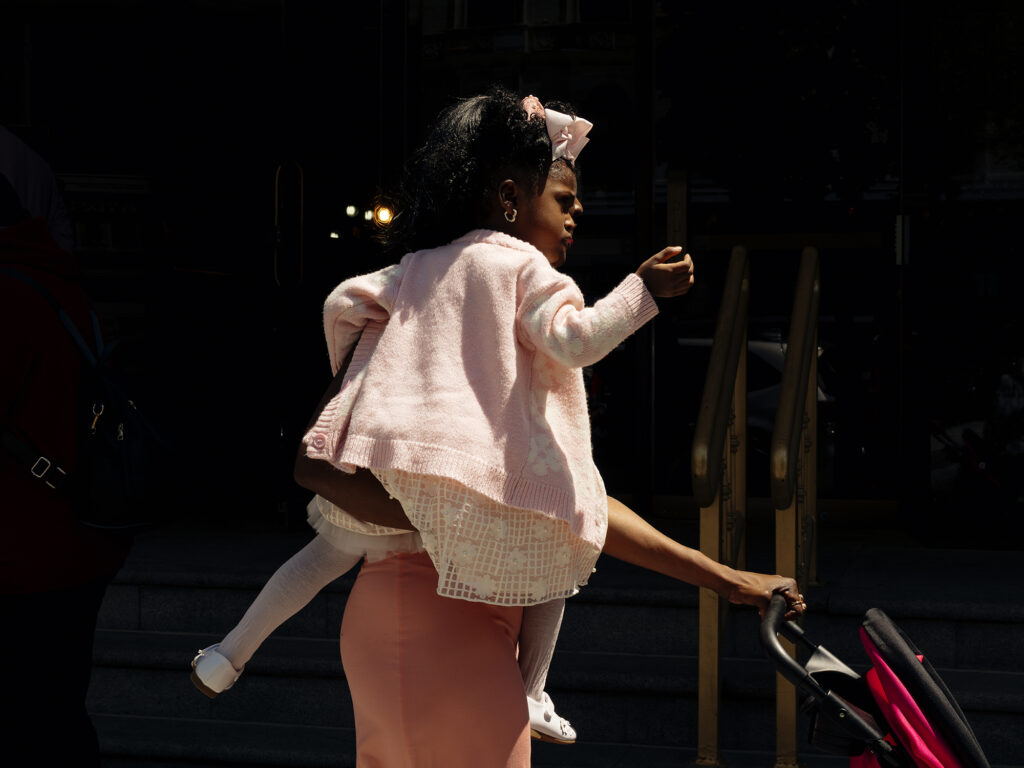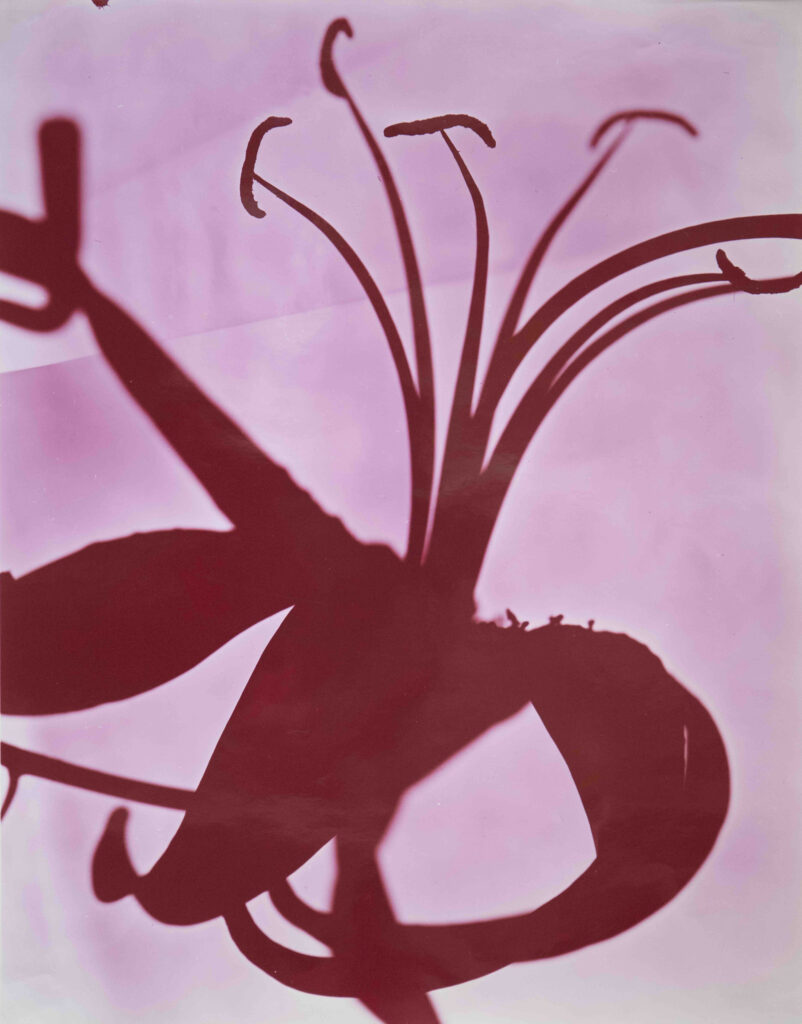Featured
8 Photobooks that Consider How Artists Engage with the Environment
From Kimowan Metchewais’s layered images on Indigenous identity to Robert Adams’s meditations on the American West, here are titles that explore the relationship between photography and the natural world.
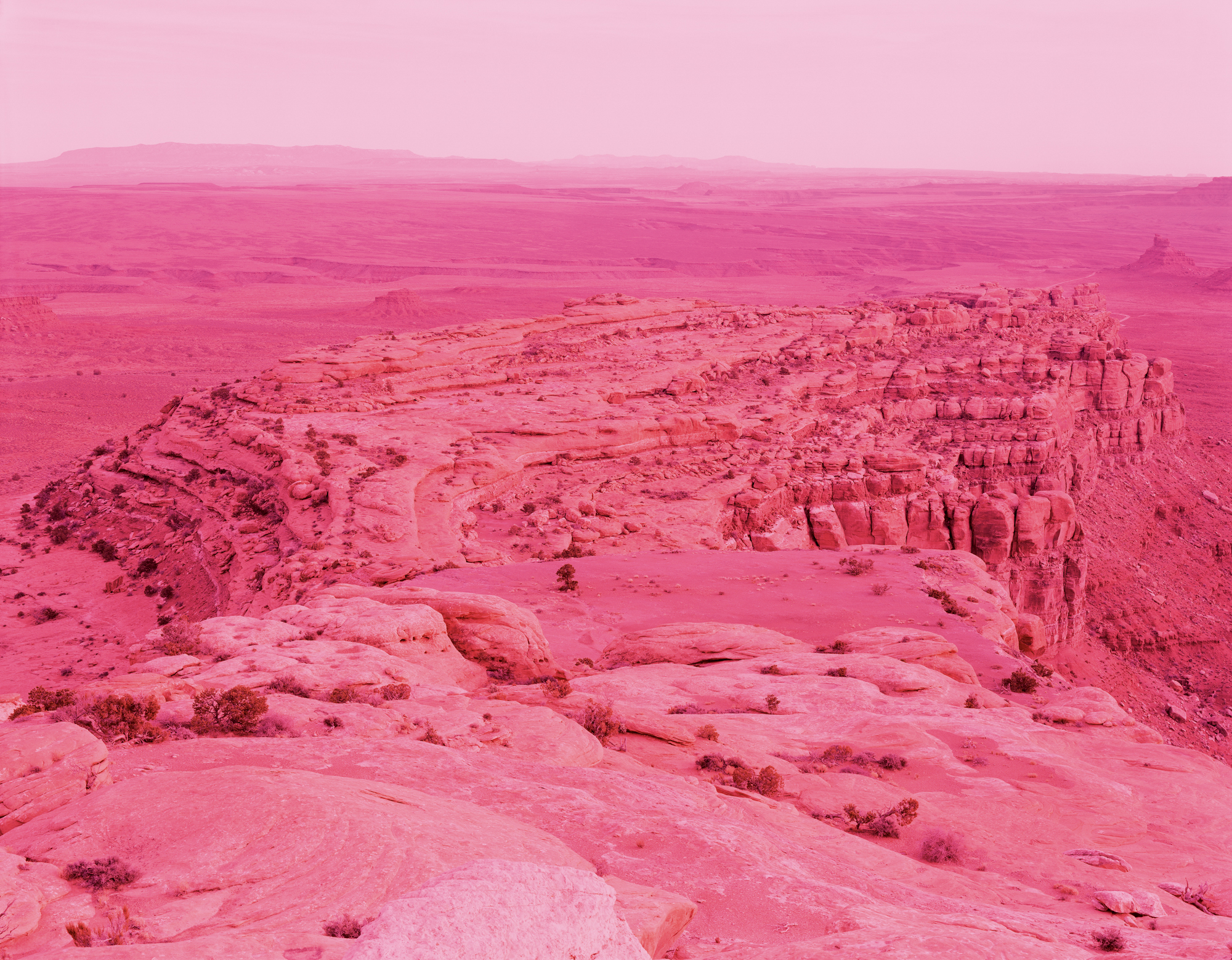
Courtesy the artist

American Silence: The Photographs of Robert Adams (2021)
For fifty years, Robert Adams has made compelling, provocative, and highly influential photographs that show us the wonder and fragility of the American landscape, its inherent beauty, and the inadequacy of our response to it. Photographing what Adams calls “the silence of light” of the American West, his images capture the sense of peace and harmony that nature can instill in us while questioning the desecration of that beauty by consumerism, industrialization, and lack of environmental stewardship.
American Silence features over 175 works from Adams’s career photographing throughout Colorado, California, and Oregon—capturing suburban sprawl, strip malls, highways, homes, and the land. By examining the artist’s act of looking at the world around him, this volume showcases the almost palpable silence of his photographs.

Courtesy the artist
Aperture, issue 234, “Earth,” Spring 2019
In the age of climate change, how are photographers and artists envisioning dramatically politicized landscapes? Aperture’s “Earth” issue focuses on our relationship with the natural world as the vulnerability of our environment is underscored each day.
Throughout the “Earth” issue, photographers, artists, and writers including Carolyn Drake, Eva Díaz, William Finnegan, Gideon Mendel, and Lieko Shiga grapple with the reality of our climate crisis and the age of the “Anthropocene,” in which human actions determine the factors shaping Earth’s geology and ecosystems.
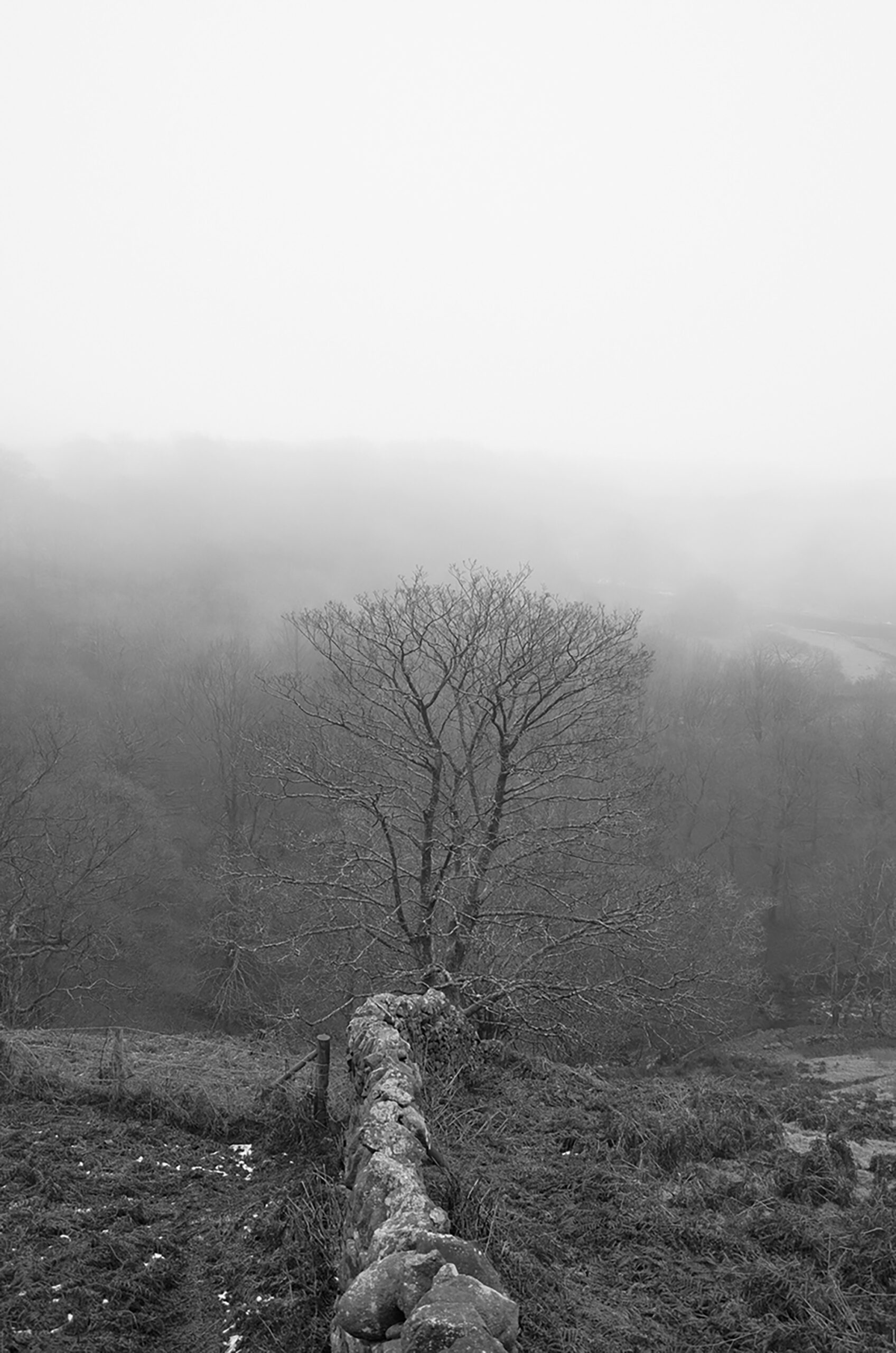
Courtesy the artist

In Overpass, Sam Contis explores what it means to move through the landscape. Walking along a vast network of centuries-old footpaths through the English countryside, Contis focuses on stiles, the simple structures that offer a means of passage over walls and fences and allow public access through privately owned land. In immersive sequences of black-and-white photographs, they become repeating sculptural forms in the landscape, invitations to free movement on one hand and a reminder of the history of enclosure on the other.
In an age of rising nationalism and a renewed insistence on borders, Overpass invites us to reflect on how we cross boundaries, who owns space, and the ways we have shaped the natural environment and how we might shape it in the future.

Courtesy the artist
Naoya Hatakeyama: Excavating the Future City (2018)
For over thirty years, Naoya Hatakeyama has undertaken a photographic examination of the life of cities and the environment. Throughout his work, Hatakeyama focuses on different facets of growth and transformations of the urban landscape, from his photographs on the quarrying of limestone via explosive blasts to images of Hatakeyama’s hometown of Rikuzentakata, which was almost completely destroyed by the 2011 earthquake and tsunami.
Excavating the Future City considers forms of human intervention with the landscape and natural resources and intersections between geology, architecture, and time—offering an evocative rumination of the death and rebirth of the city.
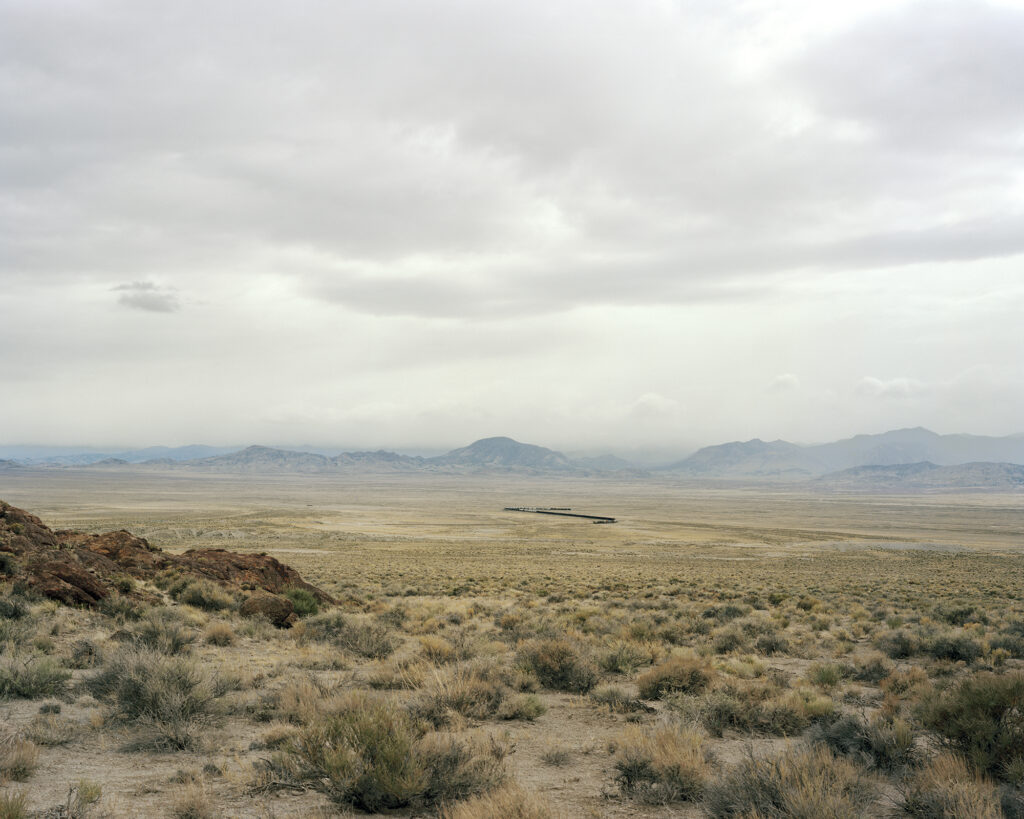
Courtesy the artist
Justine Kurland: Highway Kind (2021 Edition)
Following the photographic lineage of Robert Frank, Stephen Shore, and Joel Sternfeld, Justine Kurland’s Highway Kind contrasts the fantasy of the American dream with the nation’s reality. In the early 2000s, Kurland and her young son, Casper, traveled in their customized van through the United States. Balancing her life as an artist and mother, Kurland’s photographs reveal her fascinations in concepts of the road, the western frontier, escapism, and ways of living outside mainstream values. Casper’s interests—particularly in trains, and later cars—and the people he befriends along the way weave throughout Kurland’s images. From images of open vistas and epic landscapes, to the communities and subcultures they depict, Kurland’s work is equal parts raw and romantic, idyllic and dystopian.

Courtesy the National Museum of the American Indian, Smithsonian Institution
Kimowan Metchewais: A Kind of Prayer (2023)
Kimowan Metchewais’s exquisitely layered works explore Indigenous identity, community, and colonial memory. After his untimely death at the age of forty-seven, in 2011, Metchewais left behind an expansive body of photographic and mixed-media work—including an extensive Polaroid archive that addresses a range of themes, including self-portraiture, the body, language, and landscapes.
In 2020, Aperture featured Metchewais’s work in the “Native America” issue, guest edited by Wendy Red Star, before going on to publish A Kind of Prayer (2023), the first-ever survey dedicated to the late Cree artist, showcasing Metchewais’s singular artistic vision. “His work explores the ground, aesthetic and territorial, on which contemporary Native art and communities might stand,” writes Christopher Green in an essay on the artist from Aperture’s Fall 2020 issue, “and his images propose a new intellectual space that exceeds the mere subversion of stereotype.”

Courtesy the artist and Pace/MacGill Gallery, New York, Fraenkel Gallery, San Francisco, and Marc Selwyn Gallery, Los Angeles
Richard Misrach: Petrochemical America (2014)
Throughout his career, Richard Misrach has created expansive bodies of work that focus on the relationship between humans and their environment. In Petrochemical America, Misrach’s haunting photographic record of Louisiana’s Chemical Corridor investigates decades of environmental abuse along the largest river system in North America.
Featured alongside Misrach’s photographs is landscape architect Kate Orff’s Ecological Atlas, a series of “speculative drawings” developed through research and mapping of data by the region. Together, these bodies of work unpack the complex cultural, physical, and economic ecologies along the 150 miles of the Mississippi River, from Baton Rouge to New Orleans, an area of intense chemical production that first garnered public attention as “Cancer Alley” when unusual occurrences of cancer were discovered in the region. The resulting volume offers an in-depth exploration of the ways in which the petrochemical industry has permeated every facet of contemporary life.

Courtesy the artist and 303 Gallery, New York
Picturing America’s National Parks (2018)
Photography has played an integral role in both the formation of United States National Parks and in the depiction of the country itself. Picturing America’s National Parks traces the symbiotic relationship that the parks and photography have developed over 150 years.
From Ansel Adams’s iconic photographs of Yosemite Valley in the 1930s and ’40s, to David Benjamin Sherry’s hyper-saturated queering of the American West, the volume examines how photography has shaped the parks throughout their history and helped ensure their survival.
See here to browse the full collection of featured titles






